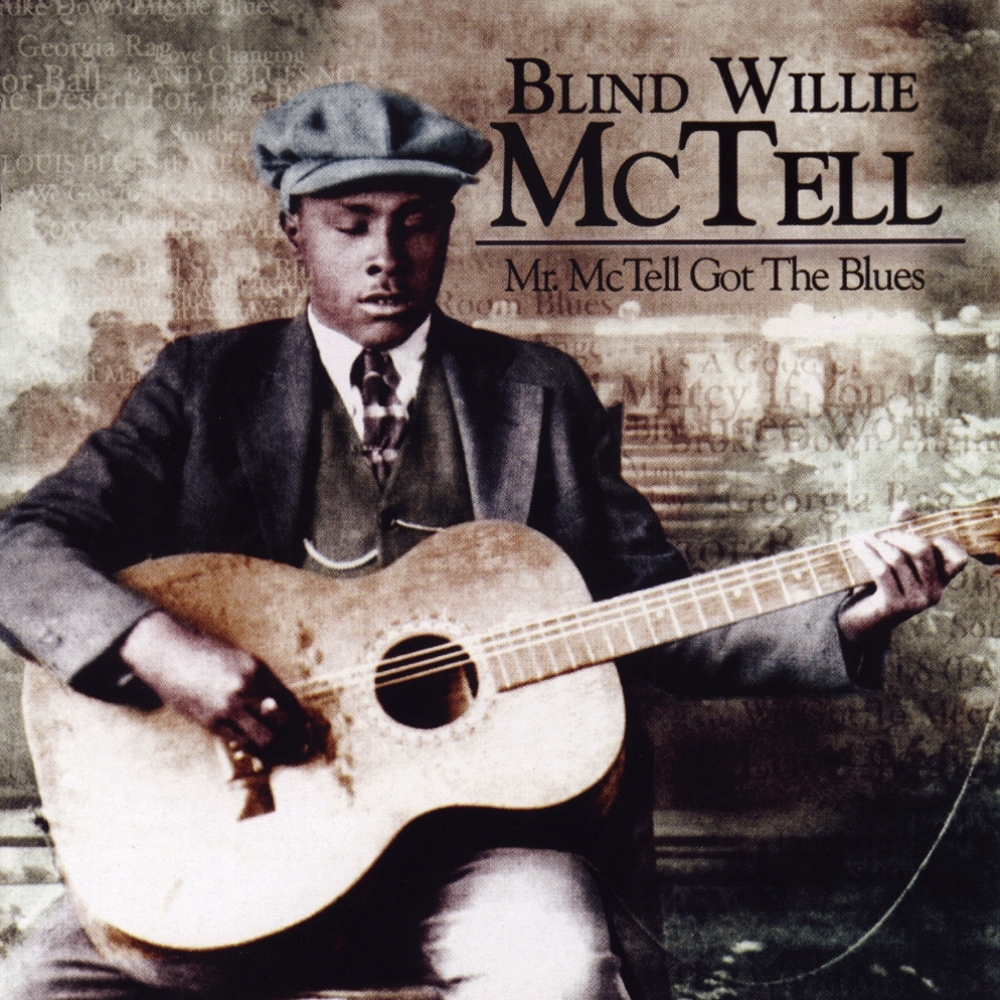Piedmont Blues
Noteworthy Piedmont Blues Performers
 Blind Willie McTell (1901-1959) matured in Statesboro, Georgia, and helped make his living as a well-known street entertainer. Performing on a twelve-string acoustic guitar, he was tape-recorded often by field-recording researchers going to Atlanta in between 1927 and 1935. His tunes were copied by Taj Mahal and the Allman Brothers, to name a few. McTell's arsenal covered anything from blues, mixed race folk music, and holy songs. His decades of street singing in Atlanta, and in the modest medicine tents that journeyed the country side, were primarily behind McTells comprehensive and wide-ranging range of tunes. McTell was cared for from 9 years old in Statesboro, and where he in the first place picked up the blues.
Blind Willie McTell (1901-1959) matured in Statesboro, Georgia, and helped make his living as a well-known street entertainer. Performing on a twelve-string acoustic guitar, he was tape-recorded often by field-recording researchers going to Atlanta in between 1927 and 1935. His tunes were copied by Taj Mahal and the Allman Brothers, to name a few. McTell's arsenal covered anything from blues, mixed race folk music, and holy songs. His decades of street singing in Atlanta, and in the modest medicine tents that journeyed the country side, were primarily behind McTells comprehensive and wide-ranging range of tunes. McTell was cared for from 9 years old in Statesboro, and where he in the first place picked up the blues.Article Source: http://www.allaboutbluesmusic.com/piedmont-blues/To most people the term ‘East Coast’ conjures up sophisticated images of New York, Washington or New England, but the Blues has its roots in the warmer soil further south where the tobacco grows. The respected Blues writer Bruce Bastin coined the phrase Piedmont Blues to describe the music from the coastal plain stretching from the Appalachian foothills to the Atlantic, and from Virginia down through the Carolinas and Georgia to Florida.
Piedmont guitar style has folk and ragtime influences, and is played with a light touch and a jaunty swing. Sometimes finger picks are used for volume, and there is often a hint of banjo technique in the typical Piedmont sound.
Blind Blake was a notable exponent of this style, with clean picking, steady rhythm and tasteful and imaginative phrasing making him a best selling Blues artist. Throughout the 20’s he played on streetcorners, Saturday night dances and fish-fries all up and down the Georgia and Carolina coastline. His instrumental, ‘West Coast Blues’ was a hit on Paramount in 1926, and he recorded more than 80 tracks before his demise in 1933.
Blind Boy Fuller and his blind mentor, Gary Davis also recorded in the 20’s. Davis taught Fuller many guitar tunes and was an excellent harp and banjo player: Fuller preferred a National Steel guitar which he often played with a bottleneck. Reverend Gary Davis found the Lord in 1937, and his repertoire moved away from ragtime towards a more gospel styling. His wide range and ‘happy organ’ guitar made him a favourite of the 60’s folk-blues revival. Fuller moved to New York and after years of ill-health died there in 1941.
By then a young Josh White, who learnt Piedmont style guitar as a ‘lead-boy’ for many blind players, was also a NY resident. Very many Piedmont musicians gravitated North to New York, just as Delta musicians had taken the train to Chicago, and planted their country blues in an urban environment that would both assimilate and change it.